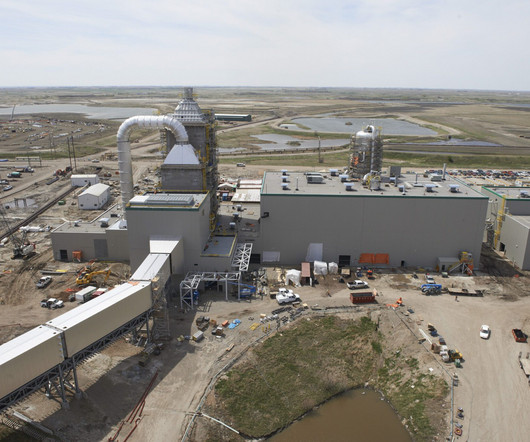Beyond the Cloud: What’s AI’s True Environmental Cost? Part 2
Enviromental Defense
JULY 2, 2025
Goldman Sachs analysis predicts that by 2028, AI will represent about 19 per cent of all data centre power demand. What’s clear is that without proper policies and safeguards, the environmental costs of AI could easily outweigh its benefits. The post Beyond the Cloud: What’s AI’s True Environmental Cost?











Let's personalize your content